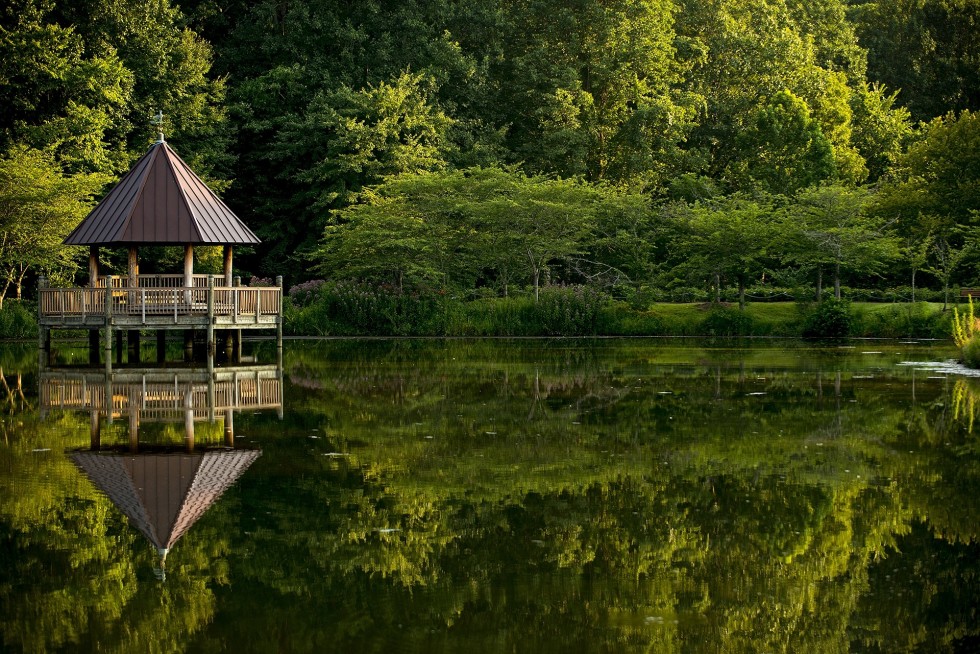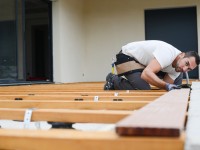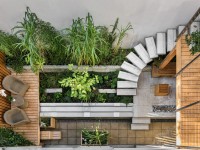If you have been thinking about making some upgrades to your outdoor living area, you may have been considering whether you should get a gazebo or a pavilion.
Whether you want an outdoor structure for entertaining, increasing your home value, getting some shade, or for aesthetics, you probably want to know everything about the differences between these two types of outdoor structures.
In this article, we will do the comparison and you’ll be able to decide what’s the best solution for you.
What Is A Gazebo?
Design And Size
Gazebos are very popular among homeowners. They are almost usually rectangular in shape and can hold between 5 and 15 people, depending on the size.
The most common sizes for gazebos are 8×8, 10×10, and 12×12 feet. You can also get them in larger sizes if you have space and want to fit more people.
The bottom portion of a gazebo has a wall or railing, with one main opening or entrance at the front of the gazebo.
Another great benefit of a gazebo is the floor, which comes with many gazebos. You can choose a different type of floor including wood, like cedar or cypress, or stone or pavers. You can even use your existing concrete or deck.
Gazebos typically shouldn’t break the bank, especially prefab or DIY gazebos.
Some materials may cost more than others and you’ll also want to consider the most suitable materials for your climate, maintenance preferences, and how well it fits in with your home design and yard.
Different Materials For Gazebos
Wood
Wooden gazebo structures are typically the most common type of gazebo, especially if you want to achieve a natural look. Cedar, cypress, and redwood are the most effective options, thanks to their ability to resist pests and rot.
Metal
Choosing the right metal option depends on how sturdy you want your gazebo. If you are in a harsher climate and know that your gazebo will be permanent, then steel or iron is your pick. Aluminum is also a more affordable option, as well as lighter and easier to install. However, it’s less sturdy.
Vinyl
Vinyl gazebos are trending due to their ease of installation and maintenance, compared to wood and metal gazebos. The material tends to be lighter, which makes installation a lot easier.
Combined materials
A gazebo can also have a design where two materials are combined. The most common example is when the sides are made of metal and the top is made of fabric. These are called soft-top gazebos.
When the roof is made of metal or wood or some other hard material, these ones are called hardtop gazebos. They are usually sturdier and last longer than the soft-top ones.
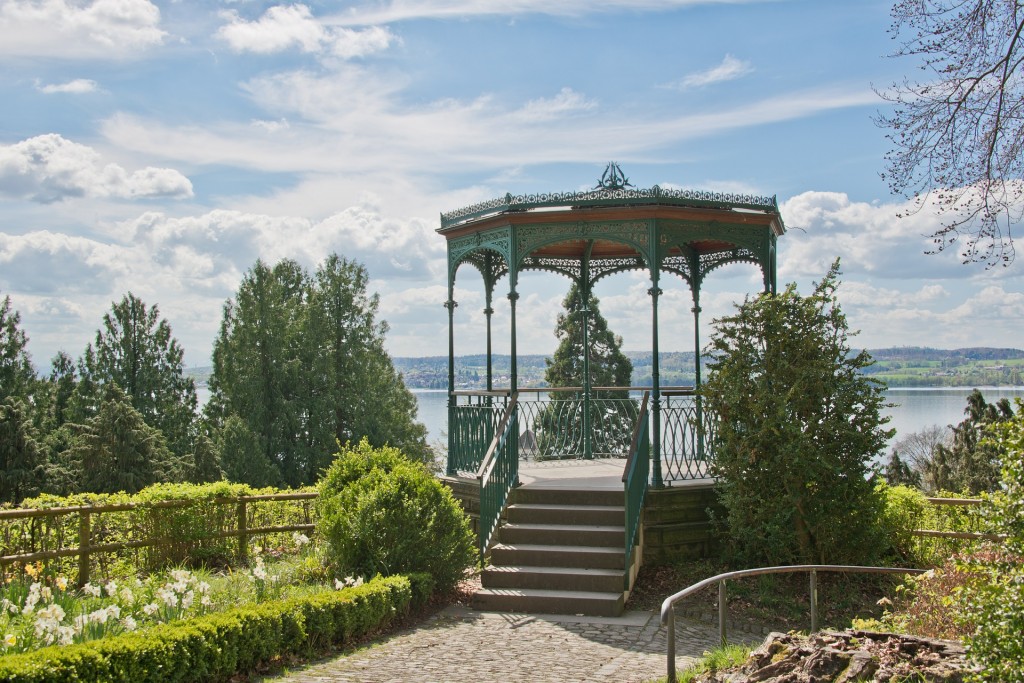
What Is A Pavilion?
Design And Size
Pavilions are rectangular in shape and are open on the sides, without walls, to allow for a nice breeze to go through. They are supported by 4 or 6 posts, depending on their length.
What they don’t come with is a built-in floor. This means you’ll need to put it on your own concrete or hire someone to do it. This is an extra step for installation unless you already have a deck or concrete ready.
Pavilions come in larger sizes, so you’ll need even more space than you would for a gazebo.
If you ever wanted an outdoor kitchen or a bar, complete with tables and couches, and maybe an outdoor television, a pavilion is the way to go.
Materials
You’ll have similar material options when choosing a pavilion. The most common material for a pavilion is wood and metal, but you can get vinyl pavilions. The same aspects mentioned above for gazebo materials apply to pavilions, so choose the option that fits your budget, style, and maintenance preferences.
Features That Gazebos And Pavilions Share
Both gazebos and pavilions have a roof and are built with the same types of materials. You can add electrical and lighting options, as well as hang plants and flowers throughout both types of structure, for an extra natural touch.
Both are sturdy and reliable options that can be placed on pavers, concrete, stone, or a wooden deck.
What Sets Pavilions And Gazebos Apart
Pavilions can be more costly because they are almost always a larger structure than a gazebo. This means you may need more materials as well as the need to install a floor. The roof will be much longer than a gazebo and thus, there are more posts requires.
But they are worth it if you need more shade and space for your outdoor living area. You can also get a lower price if you buy a pre-built structure or DIY kit.
You can also enter a pavilion from any point since it doesn’t have walls, while a gazebo only has one entrance.
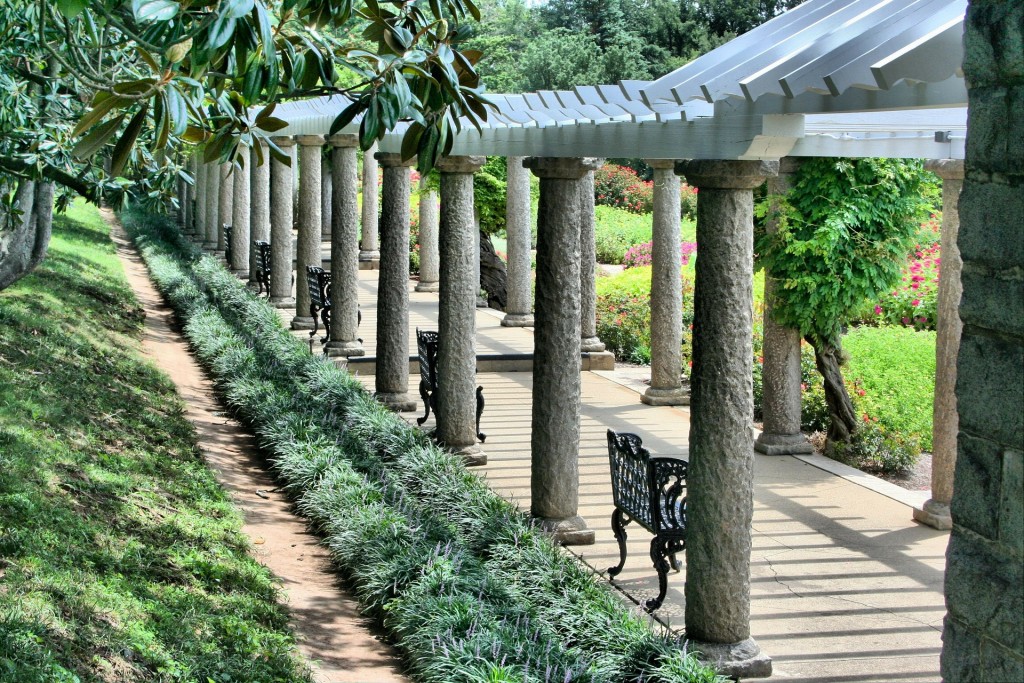
Making The Final Decision: Is A Gazebo Or Pavilion Is Right For You?
As you can see, picking the right outdoor structure can be based on many criteria, including size, look, material, and maintenance.
Choose a gazebo if:
- You are looking for something more affordable
- You want low maintenance options
- You have less space in your yard
Choose a pavilion if:
- You want to entertain more people
- You have more room in your yard
- You want to fit in more furniture or an outdoor kitchen
Hopefully, by now, you’re able to make your decision between a pavilion or gazebo.
